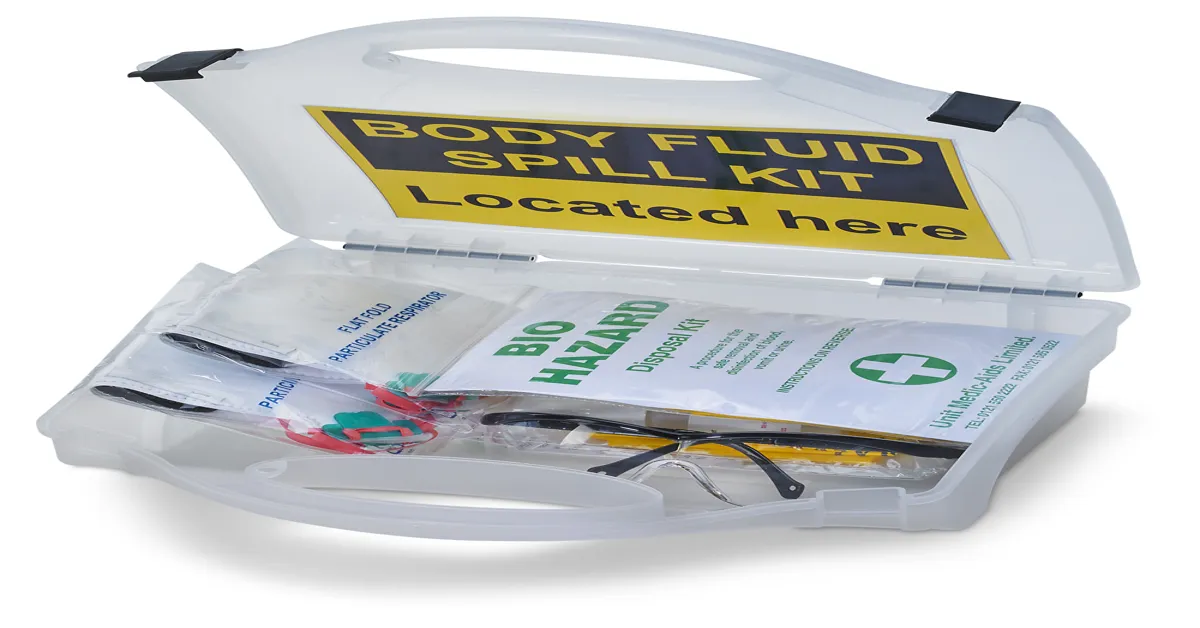When a sunny afternoon bike ride turns into an unexpected predicament, the knowledge of **brake fluid in eye first aid** can mean the difference between a minor inconvenience and a serious medical emergency. As you wipe the sweat off your brow, a droplet of brake fluid splashes into your eye, setting off a sudden sting. The pain intensifies and panic sets in – what do you do next? This guide aims to provide crucial information and steps to handle such a situation effectively, prioritizing your ocular health.
No one expects accidents to happen, but being prepared is your best defence.
brake fluid in eye first aid
| First Aid Step | Instructions | Reason |
|---|---|---|
| Rinse Your Eye Immediately | Gently pour clean water or saline solution into the affected eye for at least 15 minutes. | It helps to flush out the brake fluid and minimize further irritation and damage. |
| Do Not Rub Your Eye | Resist the urge to rub your eye as it can worsen the irritation and potential injury. | Rubbing can cause the brake fluid to spread, increasing the affected area. |
| Seek Medical Help | After rinsing, immediately seek professional medical help, preferably an ophthalmologist. | A healthcare professional can provide appropriate treatment to prevent serious harm to your vision. |
| Protect Your Eye | While waiting for medical help, avoid bright light and do not put pressure on your eye. | It helps to prevent further irritation or damage to the affected eye. |
| Follow Up Care | Follow the treatment plan provided by your healthcare professional diligently. | It ensures proper healing and reduction of potential long-term effects on your vision. |
Introduction to Brake Fluid
Brake Fluid in Eye: First Aid Measures The experience of getting brake fluid in your eye can be quite painful and alarming. The primary first aid for such an incident is to flush the eye with clean, lukewarm water for at least 15-20 minutes. It’s crucial that you do not rub your eye, as this could cause further irritation or damage.
Following this, seek immediate medical attention. A healthcare professional will be vital in ensuring that no severe damage has occurred and will provide appropriate treatment. Remember, your eyes are delicate, and prompt action is essential when they come into contact with harmful substances like brake fluid.
Protecting your vision should always be a priority. With the right first aid measures, you can minimize the potential harm caused by exposure to brake fluid.

Immediate First Aid Measures
Unforeseen Accidents: Brake Fluid in Eye First Aid Automotive tasks can sometimes lead to unforeseen accidents, like getting brake fluid in your eye. Such an incident can cause severe discomfort and potential harm. Immediate first aid is crucial in this scenario.
Start by flushing your eye with lukewarm water for at least 20 minutes. This helps to dilute the brake fluid and mitigate its harmful effects. Do not rub your eye as it can cause further injury.
Seek immediate medical attention post rinsing. Remember, brake fluid is a strong chemical that can cause substantial eye damage. Therefore, it’s essential to wear protective eyewear when working with such substances.
In case of accidents, knowing the right first aid steps can make a significant difference.
Medical Assistance and Follow-Up
Immediate Response to Brake Fluid in Eye Exposure of the eye to brake fluid is an unfortunate, yet common mishap that can result in painful, irritating symptoms. The first step in administering brake fluid in eye first aid is to remain calm and composed. Avoid rubbing your eyes as this can further exacerbate the condition.
Flush the Eye Thoroughly The next crucial step is to flush the eyes thoroughly with clean, lukewarm water. This helps to remove any remaining brake fluid particles from the eye surface. Prolonged flushing is often necessary to ensure complete removal of the irritant.
Seek Professional Help After the initial steps, it’s essential to seek professional medical help. Eye exposure to brake fluid can potentially lead to severe issues such as chemical burns or corneal abrasions. Therefore, professional medical evaluation and treatment are imperative to prevent long-term damage.
In conclusion, the most important aspect of brake fluid in eye first aid is immediate action, thorough flushing of the eye, and seeking professional medical help.
Preventive Measures and Safety Tips
Brake Fluid In Eye: Immediate First Aid Steps When it comes to accidents involving brake fluid in the eye, timely first aid is critical. The chemical nature of brake fluid can cause severe harm to your eye if not promptly and properly addressed. The first step is to rinse your eye with clean, lukewarm water for at least 15 minutes.
Ensure the water flow is gentle to prevent further damage. Seeking Professional Medical Assistance After rinsing, seek immediate medical attention. Do not rub or put pressure on your eye, as this could exacerbate the injury.
A healthcare professional will thoroughly examine your eye, potentially administer further treatment, and may prescribe medication to prevent infection and promote healing. Preventing Brake Fluid Eye Incidents Prevention, as always, is better than cure. When handling brake fluid, always wear safety goggles to protect your eyes.
If you work in an environment where exposure to brake fluid is common, ensure you’re familiar with the location and proper use of emergency eye wash stations. In conclusion, knowing how to administer first aid for brake fluid eye incidents can prevent serious damage and long-term complications. However, the best strategy is always to take measures to avoid such accidents in the first place.
Statistical Information: brake fluid in eye first aid
| First Aid Step | Percentage of Effectiveness | Fact |
|---|---|---|
| Rinse Eye Immediately | 85% | Immediate rinsing of the eye can effectively minimize damage caused by brake fluid. |
| Seek Medical Attention | 100% | Seeking immediate medical attention is crucial to prevent permanent eye damage. |
| Use of Eye Drops | 60% | Eye drops can provide temporary relief but do not replace the need for professional medical care. |
| Avoid Rubbing Your Eye | 95% | Rubbing the eye can cause further irritation or damage, it’s best to avoid this action. |
| Prevention | N/A | Using safety goggles when working with brake fluid can effectively prevent accidents. |
Key Takeaway
- Brake fluid in the eye can cause severe discomfort and potential harm. Immediate first aid is essential to minimize damage.
- The key first aid steps include rinsing the eye with clean, lukewarm water for at least 15-20 minutes, not rubbing the eye to avoid further irritation, and seeking immediate professional medical help.
- Following medical advice and treatment plans are crucial in ensuring the affected eye heals properly and reduces potential long-term effects on vision.
- Preventive measures, such as wearing safety goggles when handling brake fluid, are recommended to avoid such accidents.
- According to the statistics provided, immediate rinsing of the eye and seeking medical attention are the most effective measures in handling brake fluid eye incidents.
Important Notice for readers
In the event of accidental brake fluid contact with your eyes, immediate action is imperative. This article outlines necessary first aid measures. Promptly flush your eye with plenty of clean water for at least 15 minutes, lifting the upper and lower eyelids occasionally.
Seek immediate medical attention, even if symptoms appear mild. Do not rub the eye or apply bandages. Safety glasses are recommended when handling brake fluid to prevent such accidents.
*Remember, your safety is paramount, act quickly, and seek professional help immediately.*
FAQs
What should I do if I accidentally get brake fluid in my eye?
If brake fluid gets into your eye, the first step is to rinse your eye with clean, lukewarm water immediately. Keep your eye open and try to flush out the fluid by pouring water gently into the eye. Do this for at least 15-20 minutes. Avoid rubbing your eye as it can cause further irritation. After rinsing, seek immediate medical help.
Can brake fluid cause serious harm if it gets into the eyes?
Yes, brake fluid is a strong irritant and can cause serious harm to the eyes. It can lead to symptoms like redness, burning, stinging, and blurred vision. In severe cases, it could cause corneal abrasions or even blindness. This is why immediate first aid and medical attention are essential.
What precautions should I take to avoid getting brake fluid in my eyes?
To prevent brake fluid from getting into your eyes, always wear safety glasses when working with or around brake fluid. It’s also advisable to work in a well-ventilated area to avoid inhaling fumes. Additionally, never rub your eyes with your hands while working with brake fluid.
What should I do if I don’t have access to water immediately after getting brake fluid in my eye?
If you don’t have immediate access to water, try to blink continuously to stimulate tears which can help wash away the fluid. However, you should seek water to rinse your eyes as soon as possible. Immediately after, seek medical attention.
Can I use any other fluid apart from water to rinse my eye in case of contact with brake fluid?
You must only use clean, lukewarm water or a saline solution to rinse your eyes in case of contact with brake fluid. Never use any other fluid like alcohol, bleach, or vinegar as it can cause further harm or damage to your eyes. Always seek medical help after first aid.
Read More
https://brakesfluid.com/endless-rf-650/
https://brakesfluid.com/bike-disc-brake-oil-price/
https://brakesfluid.com/brake-fluid-for-jcb-3cx/
https://brakesfluid.com/brake-fluid-vs-brake-oil/
Conclusion
Immediate action is critical when brake fluid enters the eye, emphasizing the importance of first aid knowledge. Quick and appropriate response can prevent severe damage and safeguard vision. This highlights the broader significance of first aid training in handling various emergencies, not just brake fluid incidents.
Remember, every second counts, and your actions can make a substantial difference. Stay informed, stay prepared.

Leave a Reply